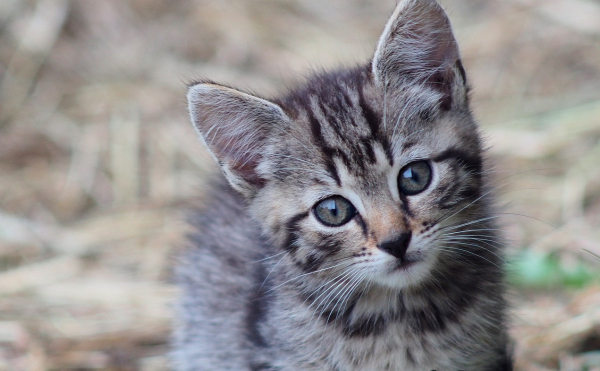Kitten Season Under the Influence of Climate Change
Summer in the United States marks the peak of "kitten season," defined as the warm months between spring and fall when cats are most fertile. For over a decade, shelters nationwide have observed kitten season starting earlier and lasting longer. Some experts attribute this trend to climate change, with milder winters and an earlier onset of spring. In February this year, a shelter led by Ann Dunn in Northern California held a clinic for spaying and neutering free-roaming cats, where over half of the females were already pregnant.
Addressing the Issue of Free-Roaming Cats
Scientists, conservationists, and cat advocates agree that uncontrolled populations of outdoor cats are problematic but remain deeply divided on solutions. While some conservationists propose targeted killing of cats, known as culling, cat populations rebound quickly. Sterilization protocols, such as "trap, neuter, and release," are favored by many cat rescue organizations, but as Christopher Lepczyk notes, it's nearly impossible to do it effectively due to the cats' free-roaming nature and rapid reproduction. Without homes or sanctuaries post-sterilization, releasing cats outside means they may have a low quality of life, spread diseases, and continue to harm wildlife.


